Filter by
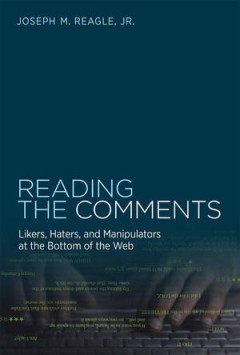
Biologically Inspired Robotics
Robotic engineering inspired by biology—biomimetics—has many potential applications: robot snakes can be used for rescue operations in disasters, snake-like endoscopes can be used in medical diagnosis, and artificial muscles can replace damaged muscles to recover the motor functions of human limbs. Conversely, the application of robotics technology to our understanding of biological systems…
- Edition
- -
- ISBN/ISSN
- 9781439854976
- Collation
- -
- Series Title
- -
- Call Number
- -
Permanent Pixels
This book is about the longevity of digital surrogates of historical photographs. The preservation of digital photos is considered in the context of long-term access to digital objects in general. There is a general view among archivists, librarians and museum professionals that analogue originals and their digital counterparts are closely related. The features of a digital surrogate, such as a…
- Edition
- Vol. 1.0
- ISBN/ISSN
- 9789069844626
- Collation
- -
- Series Title
- -
- Call Number
- -
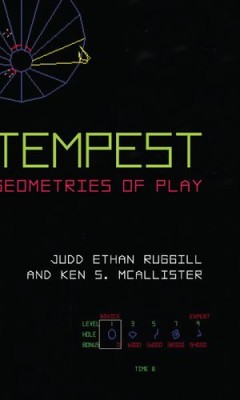
Tempest
Atari’s 1981 arcade hit Tempest was a “tube shooter” built around glowing, vector-based geometric shapes. Among its many important contributions to both game and cultural history, Tempest was one of the first commercial titles to allow players to choose the game’s initial play difficulty (a system Atari dubbed “SkillStep”), a feature that has since became standard for games of all t…
- Edition
- -
- ISBN/ISSN
- 9780472900107
- Collation
- -
- Series Title
- -
- Call Number
- -
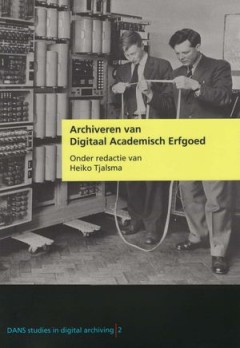
Archiveren van Digitaal Academisch Erfgoed, een verslag als voorbeeld
- Edition
- Vol. 2.0
- ISBN/ISSN
- -
- Collation
- -
- Series Title
- -
- Call Number
- -
- Edition
- Vol. 2.0
- ISBN/ISSN
- -
- Collation
- -
- Series Title
- -
- Call Number
- -
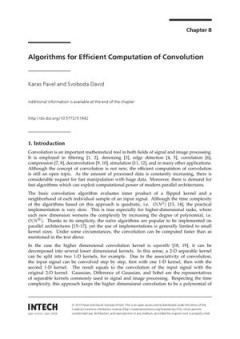
Algorithms for Efficient Computation of Convolution
Algorithms for Efficient Computation of Convolution
- Edition
- -
- ISBN/ISSN
- 9789535108740
- Collation
- -
- Series Title
- -
- Call Number
- -
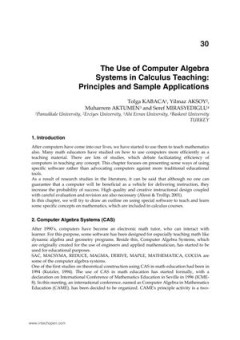
The Use of Computer Algebra Systems in Calculus Teaching
The Use of Computer Algebra Systems in Calculus Teaching: Principles and Sample Applications
- Edition
- -
- ISBN/ISSN
- 9789533070070
- Collation
- -
- Series Title
- -
- Call Number
- -

Un/Certain Futures - Rollen des Designs in gesellschaftlichen Transformations…
Welche Rolle spielt Design in gesellschaftlichen Transformationsprozessen? Können Zukünfte und soziale Wirklichkeiten nachhaltig gestaltet werden - oder handelt es sich bei den Wirkungen gestalterischer Eingriffe um mehr oder weniger zufällige Reaktionen eigensinnig evolvierender sozialer Systeme auf gut gemeinte Interventionen?
- Edition
- 1
- ISBN/ISSN
- 9783839443323
- Collation
- -
- Series Title
- -
- Call Number
- 745.2
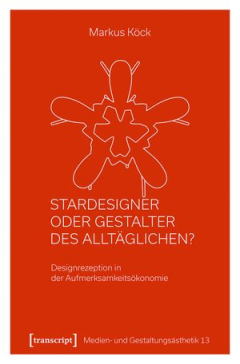
Stardesigner oder Gestalter des Alltäglichen Designrezeption in der Aufmer…
Wie »entstehen« Stars und Designklassiker im Feld des Designs? Markus Köck befasst sich erstmals mit der Prominenz im Feld des Designs für den deutschsprachigen Raum und bietet einen Einblick in 13 Publikationen über einen Zeitraum von nahezu sechs Jahrzehnten sowie in seine Arbeit mit raren Quelltexten aus Finnland, Japan und den USA.
- Edition
- -
- ISBN/ISSN
- 9783732859603
- Collation
- -
- Series Title
- -
- Call Number
- 620.0042
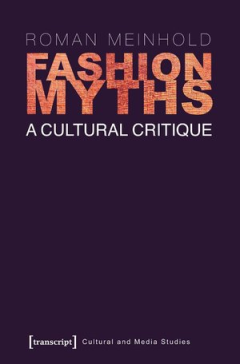
Fashion Myths A Cultural Critique
Besides products and services multinational corporations also sell myths, values and immaterial goods.
- Edition
- -
- ISBN/ISSN
- 9783837624373
- Collation
- -
- Series Title
- -
- Call Number
- 746.92

Fashion Meets Socialism Fashion industry in The Soviet Union After The Secon…
This book presents, above all, a study of the establishment and development of the Soviet organization and system of fashion industry and design as it gradually evolved in the years after the Second World War in the Soviet Union, which was, in the understanding of its leaders, reaching the mature or last stage of socialism when the country was firmly set on the straight trajectory to its final …
- Edition
- vol. 20
- ISBN/ISSN
- 9789522226655
- Collation
- -
- Series Title
- -
- Call Number
- 746.92
 Computer Science, Information & General Works
Computer Science, Information & General Works  Philosophy & Psychology
Philosophy & Psychology  Religion
Religion  Social Sciences
Social Sciences  Language
Language  Pure Science
Pure Science  Applied Sciences
Applied Sciences  Art & Recreation
Art & Recreation  Literature
Literature  History & Geography
History & Geography